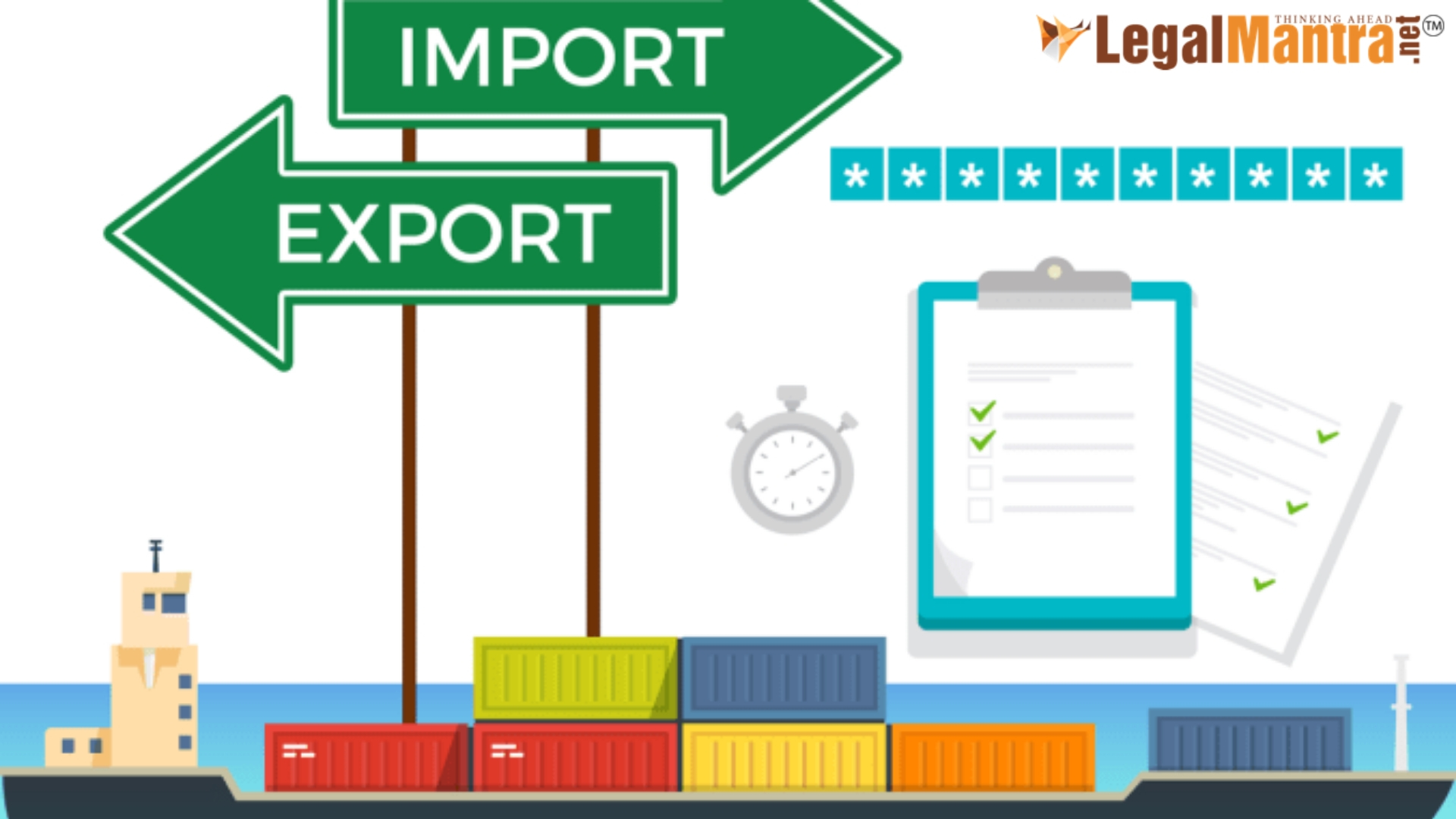View News
Export and Import Procedure in India

- Export and Import Procedure
To being exporting or importing goods from India, the business or individual must obtain an Import Export Code or IEC from the Directorate General of Foreign Trade ( DGFT) . IEC can be obtained by the business after obtaining PAN and opening a bank account.
- Commercial Invoice
Commercial invoice is issued by the seller to the buyer containing the terms of the transaction like date of transaction, seller details, buyer details, value, shipping terms and more. Customs duty is levied on the shipment usually based on the commercial invoice raised by the seller.
- Air Waybills
An airway bill is a proof of shipment of goods by air. Air waybills serve as a proof of receipt of goods for shipment by the air cargo agent, an invoice for the air shipment, a certificate of insurance and a guide to the air cargo agent for handling, dispatch and delivery of the consignment. A typical airway bill contains details about the shipper and the consignee, the departure airport and destination airport, description of the goods, sign and seal of the carrier.
- Bill of Lading
Bill of Lading is provided by shipping agency for goods shipped by them. Bill of lading usually contains information pertaining to the shipper, consignee, carrying vessel, ports of loading and discharge, place of receipt and deliver, mode of payment and name of the carrier.
- Bill of Exchange
Bill of exchange is used when an importer agrees to pay the exporter in future on a date on or before that is mutually agreed upon. Bill of exchange is an important written document in wholesale trade wherein large amounts of money is involved. Bill of exchange can be classified as bill of exchange after date and bill of exchange after sight. Bill of exchange after date is when the due date for payment is counted from the date of drawing. Bill of exchange after sight is when the due date for payment is counted from the date of acceptance of the bill.
- Certificate of Origin
Certificate of origin is usually requested by the Customs Authority while clearing Customs. Certificate of Origin is used to establish the origin of the product and is issued by the Chamber of Commerce of the Exporter’s country. Certificate of origin usually contains the name and address of the exporter, details of the goods, package number or shipping marks and quantity, as applicable.
- Packing List
Packing list contains detailed information about the goods being shipped, quantity, weight and packing specifications. Packing list must contain description of the goods and have details regarding the shipping marks.
- Letter of Credit
Letter of Credit is an arrangement wherein a Bank on the request of its customer agrees to make payment to a beneficiary on receipt of documents from beneficiary as per the terms stipulated in the Letter of Credit. Letter of Credit or LC is used extensively in international and domestic trade transactions.

